Practicing
How to get started practicing and best habits and practices
First Practicing
When first starting to practice, consider getting a cello teacher, someone who has played the instrument professionally and knows the ends and outs of it. If you don't feel like shelling out that type of cash our in an orchestra class in school, here are some tips to practicing.
Books
To start off without a teacher, your going to need some guidance. I suggest starting off with Essential Elements for Strings Book 1 and 2 alongside All For Strings Book 1 - 3. These are the first books that I used. The books takes you from the very beginning with how to hold the cello and the bow. How to pizzicato and read music. It is filled with many exercises to help your get used to playing the cello. It is a good book for all beginners and All For Strings is the most recommended by teachers and students who have used it. It is also said to be the best for teaching yourself as well.
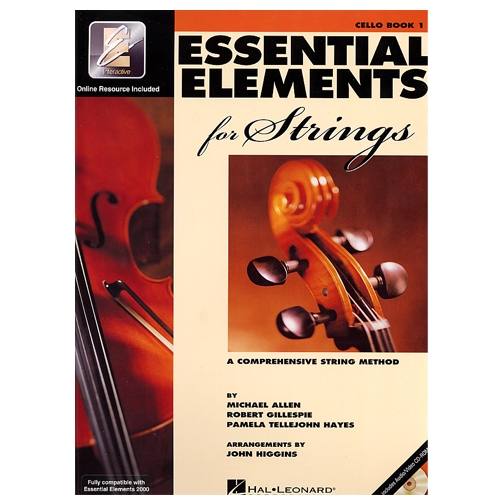
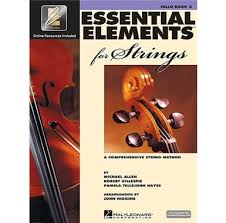
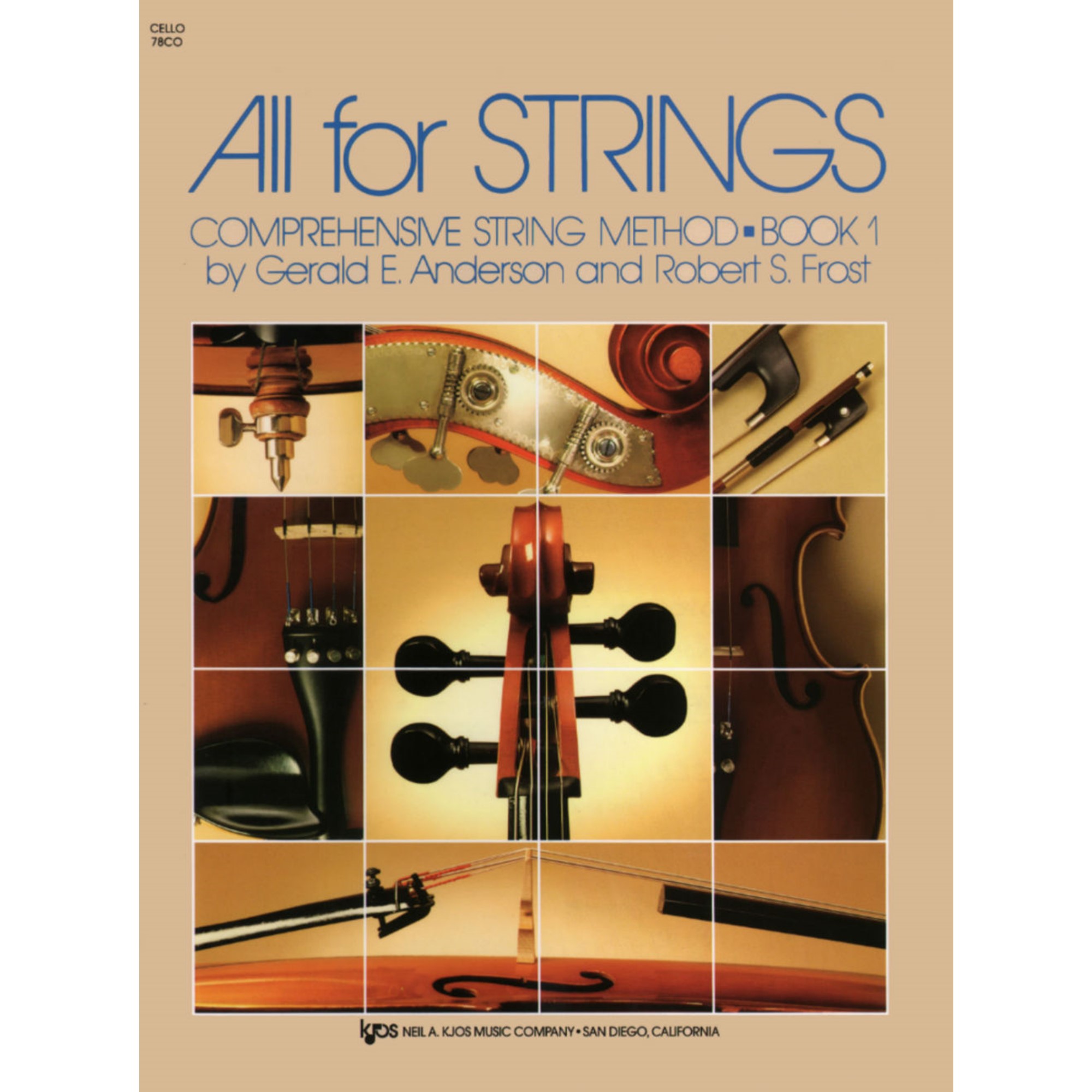
Another good set off books that will tide you off for a while would be the Suzuki Books. There are plenty of these books for you to go through. They have multiple exercises and pieces to help refine your playing
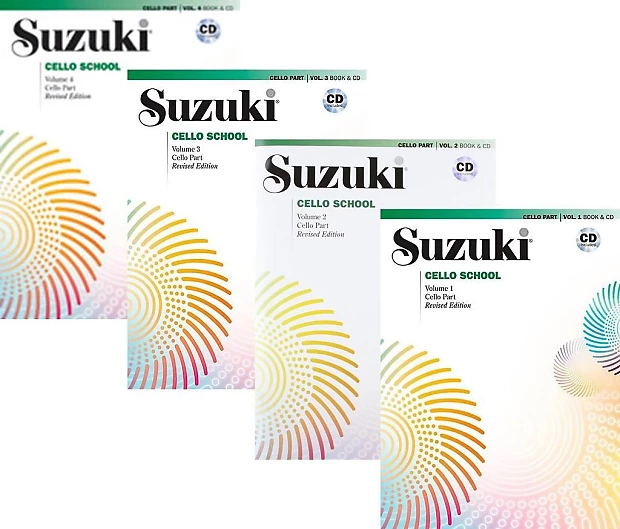
Lastly, I would recommend Position Pieces for Cello Book 1 and 2. These two books help familiarize you with the different position on the cello. In Book 1, it goes through first position to fourth position. In Book 2, the book will take you through positions five, six, and seven. There are also Thumb Position and Double Stop books by the same author, Rick Mooney. You can also use these as well to help your technique and playing.
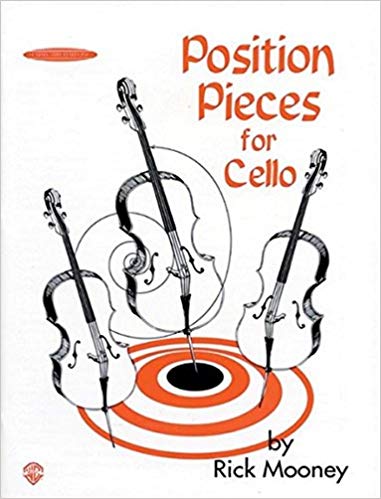
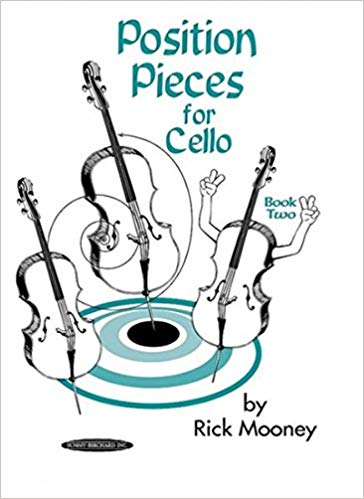
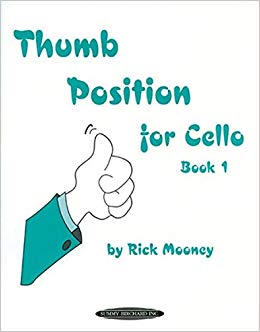
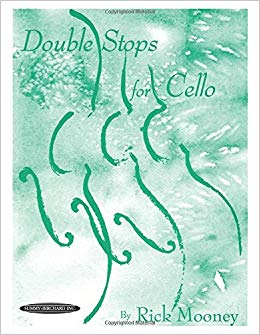
Difficult Passages
When working I difficult passages, break them down. First, only focus on the part that is difficult, try not to start from the beginning. If you need, pick up to the measure or passage you are working on. Start off slow. There's no point in playing the piece fast if you can't play it at all; work you way up to performance speed.
Tone
One of the best things to practice is your tone, here's how. Before sitting down to practice your pieces or exercises, set your metronome to a low bpm, such as 60, and practice bowing on an open string. Listen to the sound you produce. Make sure there is no unintentional increase or decrease in speed. Try to keep the switching between a down bow an up bow as clean as possible. Pay attention to your bow weight as well. Practice this bowing in different areas between the bottom of the fingerboard and the bridge. Tip: The closer to the bridge you play, the slower the bow speed and heavier the bow weight. the closer to the fingerboard, faster bow speed and lighter bow weight are required for a good sound.
Something else to practice along with your sound is your bowing. Try exercises such as doing your regular open string bowing but from the middle of the bow to the tip, of from the frog to the tip. Another exercise would be playing an up bow or down bow for as long as you can.
Writing in Fingerings
Please get into the habit of these because it will help you tremendously. When practicing a piece and you need to remember fingers or change them, write them in! It helps to overwrite what fingerings you usually use when you write in your new fingerings.
Virtuosity and Expression
When working on a solo piece of music, I suggest working on your expression and how you play the piece. However, I only suggest this after learning the piece. It is better that you learn how to play the piece before you alter it to how you feel how it should be played. But once you learn how to play the piece, figure out how you want to play it. Tailor the piece to your liking. Music is ment to be emotional, so pour your emotions into it. Pour in the emotions that you think go well with the piece. Just like the cello you hold, make the piece an extension of yourself and your personality.